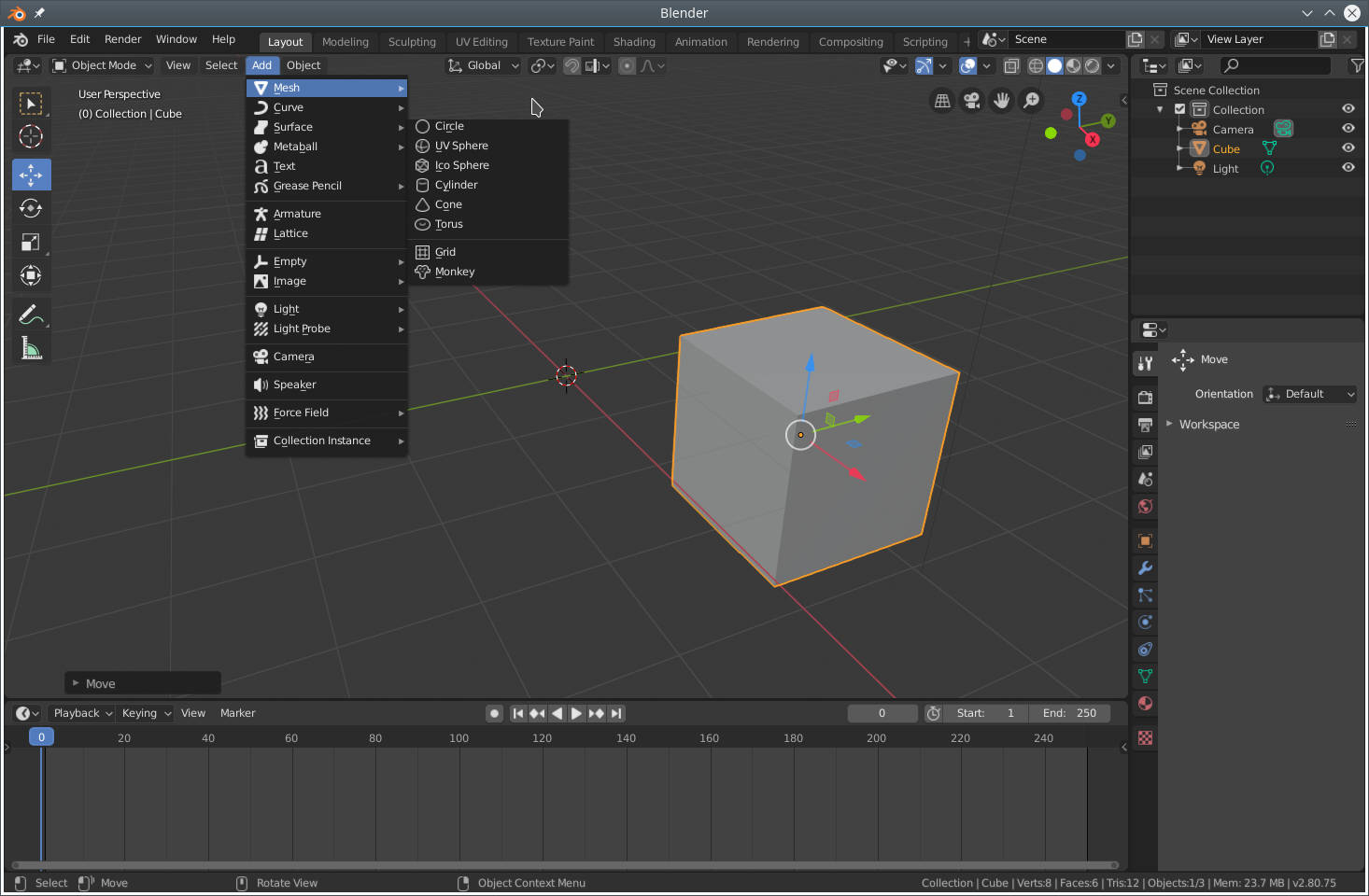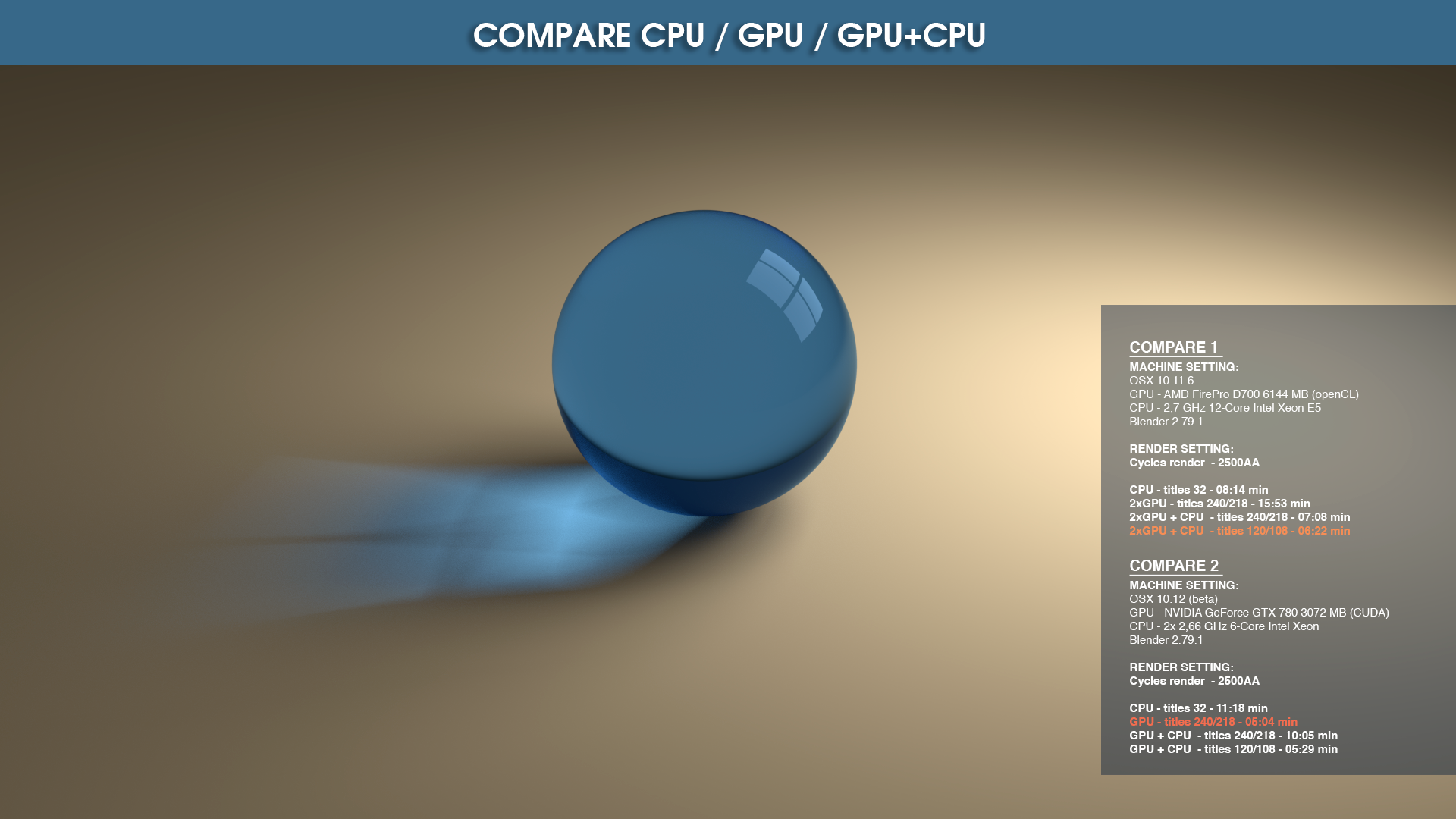

This means that there is an equal amount of color change between every shade from black to white. The computer stores images in linear space. The edges will become more and more specular as its surface turns away from us. In the case of looking at a sphere it becomes clear. If we are looking at a metal straight on the F0 is between 70-100% depending on what metal we are looking at.įor non-metals, this value is between 0% and 8% in most cases.Īt the edge of the object the specular is almost always at or near 100%. Principled shader used with a dark red #531D21 base color with a roughness of 0.2 lit by an hdr from With these four maps we will be able to create a lot of the materials that we see around us every day.īefore we talk more about maps however, let us first take a brief look at fresnel followed by color spaces.
Blender 2.79 normal render how to#
Related content: How to use displacement in Blenderįor most materials, we are concerned with the first set of maps and the normal map. We also have a few that are also shared with the specular/glossiness workflow. When dealing with the Metallic/Roughness workflow we have three specific texture maps to work with. Related content: What is PBR and how do we use it in Blender? Principled shader texture maps However specular/glossiness is not natively supported in Blender by any single shader.

It is the most common workflow but you should know there exists another one as well. The new principled shader is geared towards the metallic/roughness workflow and that will be our focus here. The primary difference is the texture maps that are used to describe the final material. Within the realm of Physically based rendering you use one or the other. PBR can be divided into two different workflows. Related content: The complete beginners guide to Blender nodes, Eevee, Cycles and PBR Metalness and glossiness workflow

It is here for you to get an idea of how PBR works with the principled shader. This information is a set of guidelines and is not written in stone. The principled BSDF shader is Blenders answer to this need. It lets the artist focus on the artistic side to a larger extent and leaves out how to deal with more technical issues. Physically based rendering or PBR for short is a way for render engines such as Cycles to accurately describe a material. With 2.79 the principled shader was introduced, now, much later with version 3.1 it is still the primary shader we use to create materials in Blender.


 0 kommentar(er)
0 kommentar(er)
